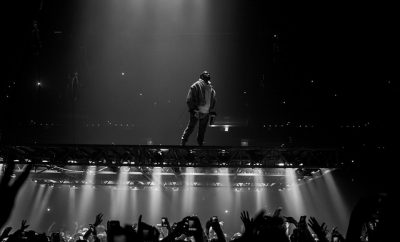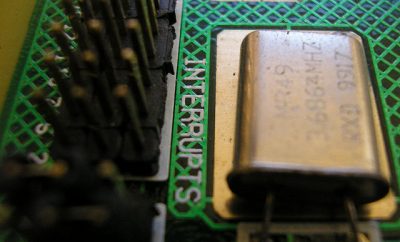
Technology
You and Beyonce Have Something in Common: Constant Surveillance
This week we saw the shocking, leaked video of Solange Knowles physically attacking brother in-law Jay Z while her sister, Beyoncé, looked on. I’ll admit that it’s natural to be entertained by celebrities misbehaving, but putting that element aside, where does surveillance and security end and privacy begin? Elevator cameras are installed for security purposes, but this is a prime example of how surveillance can be misused. We see cameras on buildings, inside elevators, and just about everywhere we go without questioning how that footage is being used, or perhaps misused. The common use of surveillance technology will continue to increase if left unchecked — especially in the law enforcement.
This increased acceptance of security surveillance has contributed to law enforcement taking new measures to monitor us all on a grander scale and for longer periods of time. New surveillance technologies have emerged that allow local law enforcement to use special aircraft equipped with powerful cameras to capture and record real-time images over large amounts of space. Not only will these cameras record a broader area, they will also have the capability to record for longer lengths of time as compared to traditional camera-equipped helicopters.
These digital technologies are capable of motion detection and zoom of movement. This means no matter how far away a person is, his or her movement can be detected and observed more closely with the zoom capabilities. Persistent Surveillance Systems is one of the companies assisting local law enforcement with their missions to decrease crime and bring criminals to justice through the use of surveillance technology.
The Ohio-based company touts itself as a full-service, wide-area surveillance provider with experience in border control, law enforcement operations, and event security. Persistent Surveillance Systems even reached out to the Los Angeles County Sheriff’s Department and convinced it to use the technology to monitor the streets of Compton, with one big selling point being that this method is less expensive than using the police helicopters. LA County provides just one, though by no means is it the only, example of where this monitoring is employed.
It is unclear how successful Los Angeles’ use of this type of surveillance technology is in an attempt to quell crime because no data has yet been released. What is clear, however, is that this technology is so expansive it isn’t limited to targeting criminals. The footage also includes law-abiding citizens carrying on the regular functions of their day. Some may argue that being constantly recorded isn’t troubling because they have nothing to hide, but where does the trade off of privacy for security end?
With little to no regulation of this technology and the dependence on private companies to provide this surveillance service, the possibility of misuse increases. There are many more questions than answers, but we must be aware of the possibilities and consequences of being constantly watched. We all have the right to privacy. How far are we willing to use our technological capabilities to impede that?
__
Teerah Goodrum (@AisleNotes), is a recent Graduate of Howard University with a concentration in Public Administration and Public Policy. Her time on Capitol Hill as a Science and Technology Legislative Assistant has given her insight into the tech community. In her spare time she enjoys visiting her favorite city, Seattle, and playing fantasy football.
Featured image courtesy of [idrewuk via Wikipedia]








Comments